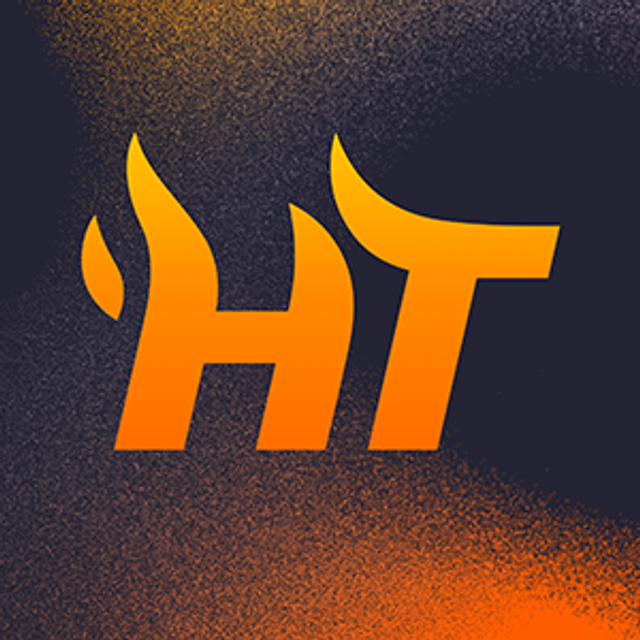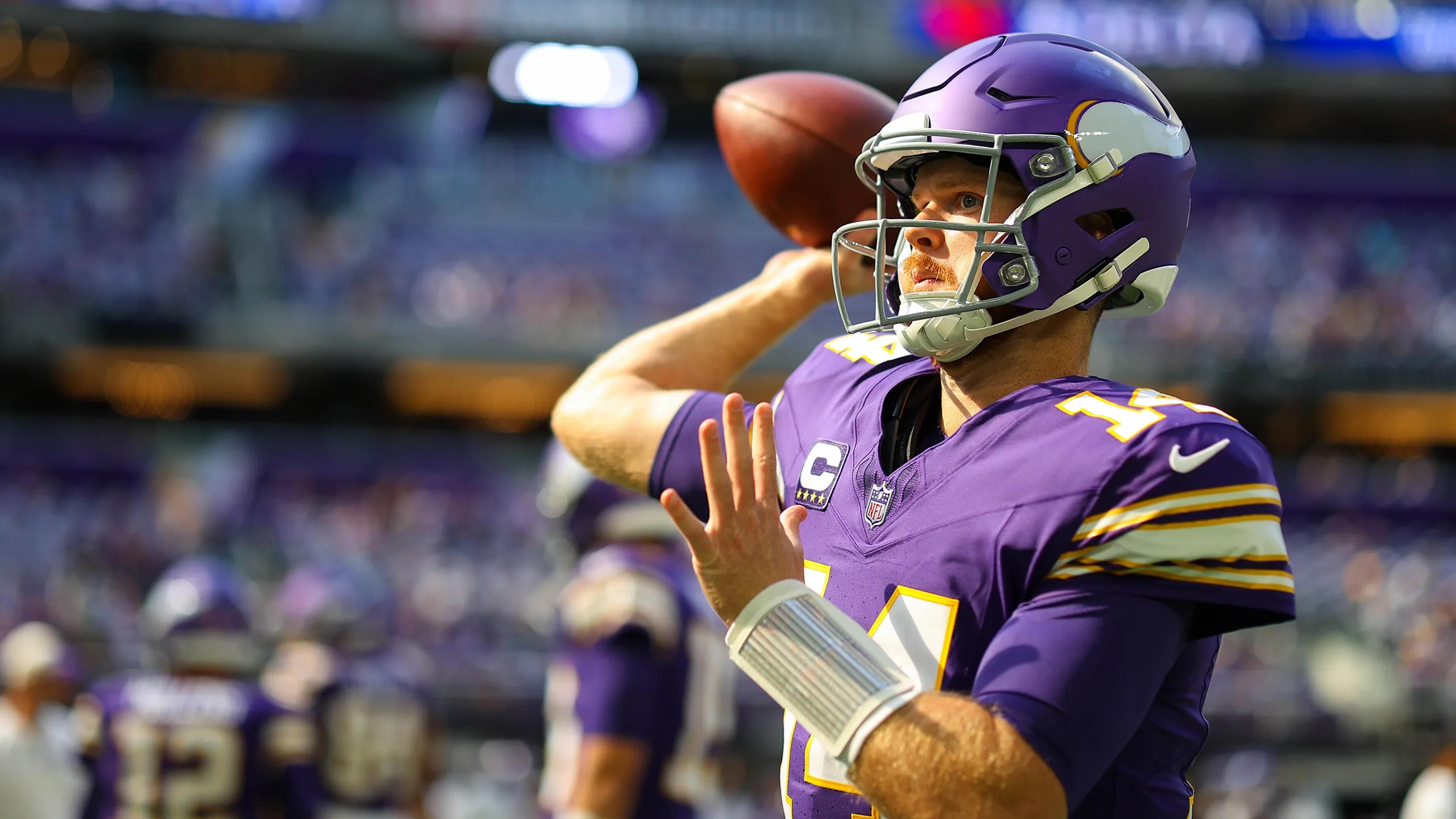The Math Behind Why 'One Big Win' Will Never Save You


HotTakes
The Fantasy Every Losing Bettor Lives
You're down $800 this month. Your bankroll's looking rough. But you've got a plan: hit one solid 5-leg parlay at +2000, turn $100 into $2,000, and you're not just even—you're
up
. Problem solved, right?
Wrong. So incredibly wrong.
Here's the thing nobody wants to hear: the math behind "one big win will save me" is the exact same math that keeps casinos in business
. And if you're relying on that strategy, you're not being bold—you're being broke.
Let's break down why that miracle comeback bet is actually a mathematical nightmare, and why every time you chase losses with long-shot parlays, you're making Vegas's job easier.
The Expected Value Death Spiral
Real talk: most bettors think in terms of outcomes. "If I hit this, I'm good." But professional bettors think in terms of expected value. And the expected value of desperation betting? Absolute pain.
Here's the Math You Need to See
Let's say you're down $800 and you want to get even with one bet. You're looking at three basic approaches:
Option 1: The "Responsible" Single Bet
Bet: $800 at -110 (standard odds)
Win probability: ~52.4% (assuming you're decent)
Potential profit: $727
Expected value: (0.524 × $727) - (0.476 × $800) = $381 - $381 = $0
You'd need to risk everything you lost just to
almost
get even. That's already cooked.
Option 2: The "One Big Parlay" Dream
Bet: $100 on a 5-leg parlay
Each leg at -110 (reasonable picks, you think)
Payout at +2000 if all hit
Win probability: 0.524^5 = 3.9%
Expected value: (0.039 × $2,000) - (0.961 × $100) = $78 - $96 = -$18
You're literally burning money. Every $100 you put into this "solution" costs you $18 in expected value.
Option 3: The "I'm Really Desperate" Mega Parlay
Bet: $50 on an 8-leg parlay
Payout at +15000
Win probability: 0.524^8 = 0.4%
Expected value: (0.004 × $7,500) - (0.996 × $50) = $30 - $50 = -$20
The bigger your "miracle" needs to be, the more you're mathematically guaranteed to lose.
Why Your Brain Lies to You About This
Your brain is actively working against you here, and it's using some pretty convincing lies:
The Availability Bias Trap
You've seen people hit huge parlays. Your buddy hit a 7-legger last month. You saw that tweet with the $10 to $10K payout. Your brain catalogs these wins like they're common.
The reality: For every parlay that hits, thousands don't. That's not pessimism—that's probability. Your brain just doesn't remember the losses because they're not remarkable. But math doesn't care about your highlight reel.
The "I'm Due" Fallacy
"I've been cold lately, so I'm due for a big win."
No. No you're not. Each bet is an independent event. Previous losses don't increase your chances of winning the next bet. That's not how probability works—that's how casinos get rich.
The Gamblers' Fallacy on Steroids
When you're chasing losses, you start making bets you'd never normally make. You're not picking based on edge anymore—you're picking based on payout. You need the longshot, so you talk yourself into why it makes sense.
Here's what happens:
You lose $800 on reasonable bets
You decide you need to make it back fast
You start taking worse odds to get bigger payouts
Your win probability drops even further
You lose more
Repeat until broke
It's a mathematical death spiral, and every step makes the next one steeper.
The Compound Effect of Desperation Betting
Let's run a realistic scenario of what happens when you chase:
Week 1: Down $500 after some bad beats
Your response: "I'll hit a parlay this weekend and get even"
Parlay result: Loss
New position: Down $600
Week 2: Now you need an even bigger miracle
Your response: "Okay, THIS parlay has better odds"
Parlay result: Loss
New position: Down $750
Week 3: Full panic mode
Your response: "I'll do two parlays this week to double my chances"
Parlay results: Loss, Loss
New position: Down $1,000
Week 4: Completely cooked
Your response: "I'll bet my whole remaining bankroll on a mega parlay"
Parlay result: Loss
New position: Broke
This isn't a hypothetical. This is the most common path to blowing your entire bankroll. The math compounds against you with every desperation bet.
What the Numbers Actually Say About Recovery
Here's the uncomfortable truth about getting back to even when you're down:
Down 20% of your bankroll?
You need a 25% return to get even
Through standard betting at -110, this requires a 55% win rate over ~40 bets
Timeline: Multiple weeks of disciplined betting
Success rate: Achievable with skill and patience
Down 50% of your bankroll?
You need a 100% return to get even
Timeline: Months of disciplined betting
Success rate: Difficult but possible
Trying to recover in one bet?
Required win probability: Under 5% for most miracle scenarios
Timeline: Immediately (if you hit) or never
Success rate: Statistical suicide
The math is clear: the faster you want to recover, the less likely you are to recover at all.
The Professional Alternative: Boring Math That Actually Works
Sharp bettors who take losses (and they all do) don't chase. They use a different mathematical framework entirely:
The Kelly Criterion Recovery Model
The Kelly Criterion tells you exactly how much to bet based on your edge and bankroll:
Kelly Formula: f = (bp - q) / b
Where:
f = fraction of bankroll to bet
b = odds received (decimal odds - 1)
p = probability of winning
q = probability of losing (1 - p)
After a loss, Kelly does something counterintuitive: it tells you to
bet less
, not more. Your bankroll is smaller, so your optimal bet size is smaller. This protects you from ruin.
The 1-2% Rule That Saves Bankrolls
Professional bettors never risk more than 1-2% of their bankroll on a single bet, even when they think they have huge edge. Here's why:
Scenario: You're down 30% of your original bankroll
Bad approach: "I need to bet big to get back"
Result: Higher risk of total ruin
Professional approach: "My bet sizes now adjust to my current bankroll"
Bet size is now 30% smaller than before
Win rate stays consistent
Recovery takes longer but is mathematically probable
Ruin risk stays manageable
The Expected Value Mindset Shift
Instead of thinking "What bet will get me even fastest?", professionals think "What bet has the best expected value?"
This means:
Taking the same quality bets you always take
Sizing them appropriately for your current bankroll
Accepting that recovery takes time
Understanding that process beats outcomes
Real example: Down $1,000 with a $5,000 bankroll remaining?
Bad: Bet $1,000 on a +150 underdog to "get even"
Good: Bet $100 on your best edge and plan for 10+ winning bets to recover
The second approach has positive expected value. The first one is just gambling.
When "Getting Even" Becomes "Getting Help"
Here's where we need to get real: if the idea of slow recovery makes you anxious, angry, or desperate—that's a signal worth paying attention to.
Professional bettors can take a loss, adjust their strategy, and keep playing disciplined poker. If you can't do that, it might not be about the math anymore.
Warning Signs You've Crossed the Line
You might be past "bad strategy" and into "problem gambling" territory if:
You're betting money you need for rent, bills, or food
The thought of slow recovery makes you physically uncomfortable
You've told yourself "just this once" more than once
You're hiding losses from people in your life
Winning doesn't make you happy anymore—it just stops you from feeling terrible
You keep betting to chase the feeling, not the profit
These aren't character flaws. These are signs of a behavioral pattern that needs different tools than better math.
The Bottom Line: Math Doesn't Care About Your Feelings
Look, nobody wants to hear that recovery takes time. The entire appeal of "one big win" is that it's immediate, dramatic, and feels like taking control. But it's a mirage.
The math is crystal clear:
Long-shot bets have negative expected value
The bigger the payout, the worse your odds
Chasing losses increases your risk of total ruin
Recovery through disciplined betting is slower but actually works
Sharp bettors don't hit fewer parlays because they're scared. They hit fewer parlays because they can do math.
The uncomfortable truth: If you're relying on a miracle comeback, you're not betting—you're buying lottery tickets with worse odds.
The professional alternative isn't sexy: smaller bets, better process, patient recovery. But it's the only approach that's mathematically viable.
Your choice is simple:
Keep chasing the miracle and let probability destroy your bankroll
Accept the slow grind and let positive expected value build you back up
The math doesn't care which one you pick. But your bank account will.
Ready to Build a System That Actually Works?
The HotTakes community is full of bettors who learned this lesson the hard way and came back stronger. Download the app to track your bets, see your real win rates, and get alerts when you're falling into revenge betting patterns.
Sometimes the best bet is the one that keeps you in the game tomorrow.
Download HotTakes Now | Join 100K+ sports fans betting smarter
Need to talk to someone about gambling concerns? National Problem Gambling Helpline: 1-800-522-4700 (free, confidential, 24/7)

